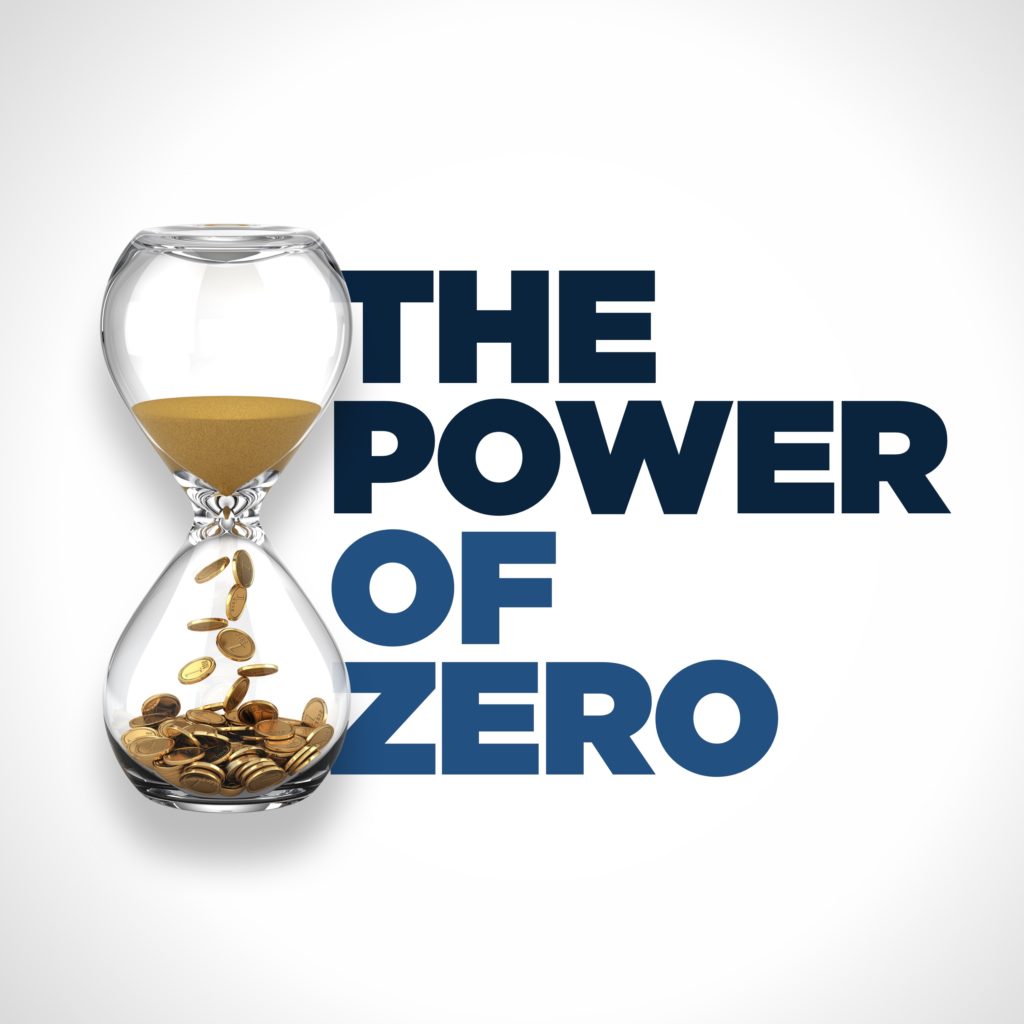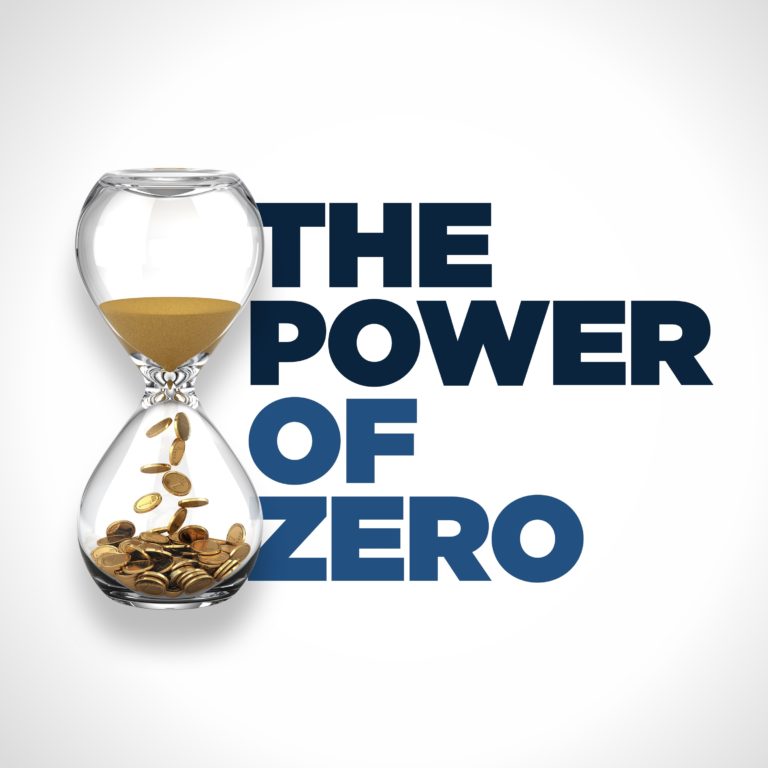The historical paradigm says to put your money into a 401(k) or IRA, get a tax deduction and let that money grow tax-deferred so that when you take that money out you’re in a lower tax bracket.
Experts and economists are starting to look at the fiscal condition of the US and the picture isn’t good. The US is $23 trillion in debt with unfunded obligations of upwards of $239 trillion. We are marching into a future where the very solvency of the US government is being called into question.
We are going to have multi-trillion dollar deficits over the next decade and the debt is only going up. What are the chances that taxes are going to be lower in the future given that reality? The paradigm has been flipped so the focus is now wringing every bit of efficiency out of your retirement accounts.
Taxes are on sale right now. Experts have been saying for years that we need to raise revenue and lower spending, but the federal government has been doing the opposite. The 2017 tax cuts that were introduced have an expiration date in 2026, which means we only have six years to take advantage of these historically low tax rates.
When you’re retired, every day is Saturday. The average retiree shouldn’t expect to spend less in retirement and studies have backed this finding up.
To get to the zero percent tax bracket, the first step is accepting that taxes are going to be higher in the future than they are now. Many notable experts agree that tax rates will have to be dramatically higher than they are today, just to keep the country out of bankruptcy.
The second step is to realize that there is an optimal amount of money to have in your three buckets in a rising tax rate environment. In your taxable bucket you should have no more than six months of expenses. In your tax-deferred bucket you want your balances to be low enough that required minimum distributions are offset by your standard deduction and don’t cause social security taxation. Everything else should be systematically shifted to the tax-free bucket.
If you don’t have a pension or any other residual income in retirement, you probably shouldn’t have more than $350,000 in your tax-deferred bucket. Everything else should be safely ensconced in your tax-free bucket by 2026.
Most people don’t recognize the fact that your social security can be taxed and many financial professionals don’t even know what provisional income is. If you have too much provisional income, up to 85% of your social security can become taxable to you at your highest marginal tax bracket. When that happens you will run out of money five to seven years earlier than you would have otherwise.
Plan for RMD’s before they happen to you. Right now, the IRS is not requiring you to pay taxes on your money until age 72, but the question is “does that really make sense?” For most people it makes more sense to preemptively pay taxes on your terms, so that you’re not paying taxes on the IRS’s terms at age 72.
Leaving a large amount of money in your IRA or 401(k) that you want to leave to your children is also a poor choice. They will be forced to pay taxes on that money over the course of ten years and it won’t be unusual for people who inherit these accounts to pay upwards of 50%.
Unfortunately the paradigm that most CPA’s work in is to keep you as a client which means keeping you happy by saving you money this year instead of in the future. The Power of Zero paradigm is about changing this perspective.
The best way to learn about the Power of Zero paradigm is by reading David’s book or just listening to David Walker. If your advisor hasn’t told you about this, it’s for one of two reasons. Either he or she doesn’t know about it, or he or she knows about it but they are not telling you about it.
There isn’t any one tool you can use to get to the zero percent tax bracket. It usually requires four to six streams of tax-free income. Generally, anything with the word Roth in front of it is a good idea.
One thing that many people overlook is paying for long-term care. People aren’t opposed to having long-term care insurance, they’re just opposed to paying for it, which is why David recommends the LIRP as a great option.
The general conclusion of the experts seems to be that tax rates will have to double by 2030. Governments are not currently doing anything about the debt and tend to wait until the last hour to act. The government likes to kick the can down the road. The problem with this approach is that the fix on the backend will be all the more draconian and severe than if they simply put a permanent fix in place today.
There are a few people that doubt the prognostications of tax rates being higher in the future than they are today but we are starting to run out of critics. Since social security, Medicare, and Medicaid are tied to inflation it’s impossible to print our way out of our problems. The more the debt grows, the less opposition there is to the Power of Zero paradigm.
The math doesn’t lie. Tax rates have to go up or we will go broke as a country, therefore we need to change our entire approach to retirement planning. The math will show you the path.
David takes his clients through three different scenarios showing them what would happen if taxes stay the same and they do nothing, taxes double and they do nothing, and taxes doubling but they implement the Power of Zero paradigm. There is really no downside to the Power of Zero strategy because tax rates would have to go down in order for it to be the wrong choice.
If you want to adopt the Power of Zero approach to retirement planning you need to find someone who has walked that path before.



